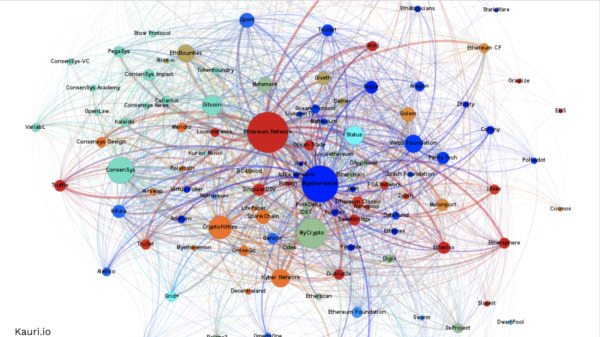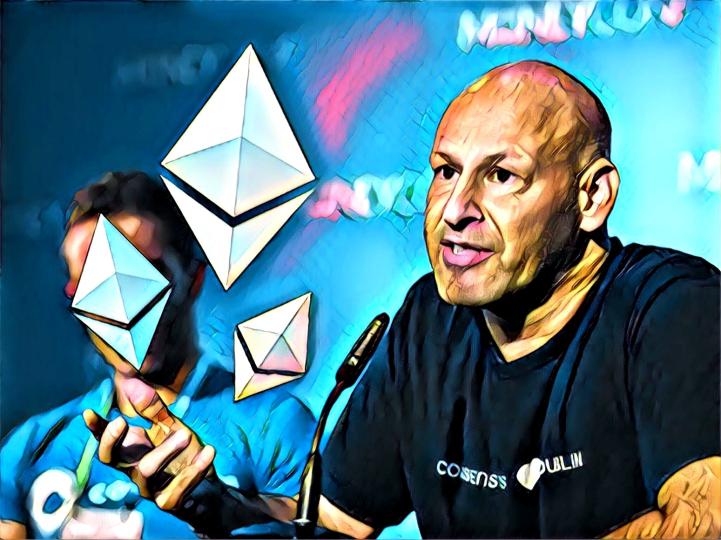Ethereum co-founder and Consensys founder, Joseph Lubin, has said that he expects Ethereum to become the global settlement layer upon which transactions take place.
Speaking at the Deconomy forum in Seoul, Lubin in his speech discoursed on the fundamental challenges that the blockchain space is facing, and development plans for “Ethereum 2.0”, an upgrade that would bring several new refinements to the Ethereum blockchain.

One of the more notable ideas described by Lubin was the thought of Ethereum becoming a global settlement layer. Arguing that closed systems are both corrupt and inefficient, Lubin urged for a world in which base settlement layer is truly decentralized,
Closed platforms promote corruption and inefficiency. The global economy is rife with improper manipulations of markets due to platform lock-in or capture…As we tokenize the world, well-resourced financial houses and traders will spare no effort to manipulate markets for gain or political advantage. We don’t want the liquid deep token markets of the next generation economy to be similarly vulnerable. We must not choose anything other than a maximally decentralized base as the foundational settlement layer of the global economy.
Why Not IBM’s Fabric and R3’s Corda?
Of course, there’s quite a bit of choice as to what platform should become the global settlement layer – including IBM’s Fabric, R3’s Corda, and EOS. Lubin examined all three and explained why none of them were viable solutions,
Perhaps IBM’s Fabric? There is no chance of it evolving beyond relatively small networks for private, permissioned systems. Fabric can issue tokens, but only for narrowly circumscribed situations. The Fabric technology promotes platform lock-in. R3’s Corda? R3’s Corda is blockchain inspired software for mostly banking industry applications. It is more about point-to-point trust than a shared source of truth. Corda can issue tokens, but only for narrowly circumscribed situations. The Corda technology promotes platform lock-in.
Why Not EOS?
As for EOS, which has been the subject of controversy ever since it was alleged that Huobi trading voting influence for monetary gain, Lubin said that the platform was not truly decentralized and could be subject to external control,
How about EOS? As has been debated endlessly, a platform controlled by 21 crypto bros is just not all that decentralized. They can collude and censor if they wish. Governments and other well resourced actors can bribe them or force them to act against their will and against the well-being and security of the people using the platform.
Ethereum 2.0, which many in the crypto space are hotly anticipating, is something that Lubin knows is a lot of work but also heralds an unprecedented level of performance,
Ethereum 2.0, Polkadot and Dfinity have similar architectures and capabilities and are likely to arrive at around the same time, though my best is on Serenity (Ethereum 2.0) to be fully functional and in use by many earlier than this next generation of architectures. Architecting and building a platform requires an enormous amount of work, but launching a working platform is also a huge effort…It takes an enormous amount of work and network effect to build an ecosystem, so by that time, Ethereum’s ecosystem will be orders of magnitude larger than the other two and will already have strong scalability at layer two.
A full transcript of Lubin’s speech is available on Decrypt. Lubin also recently spoke at SXSW 2019, which can be viewed below,

